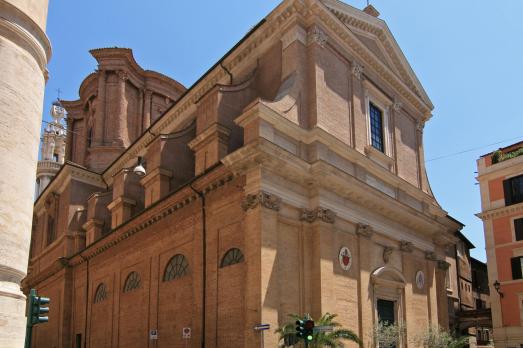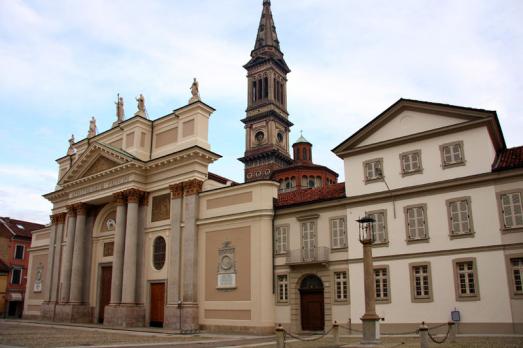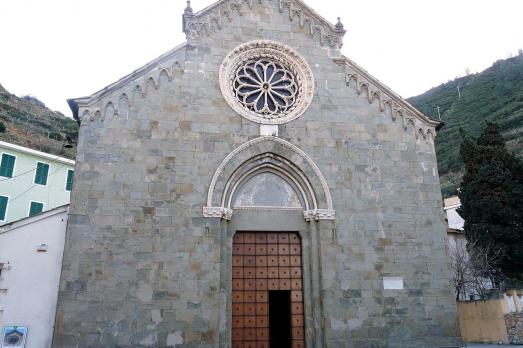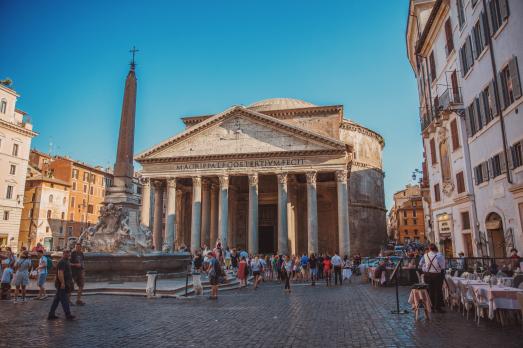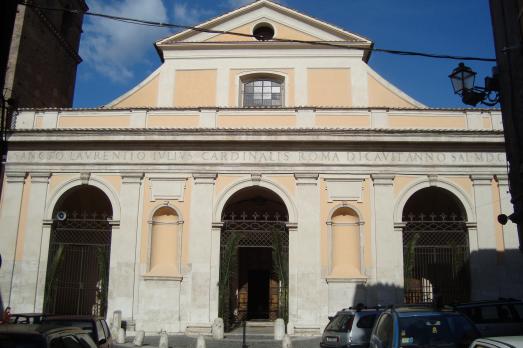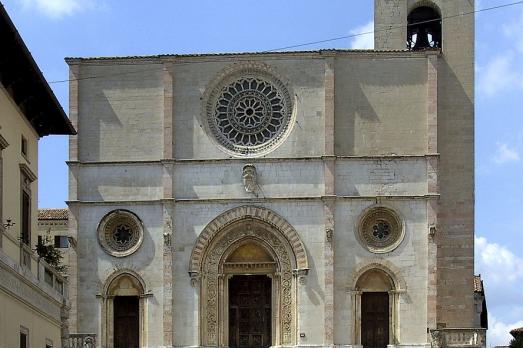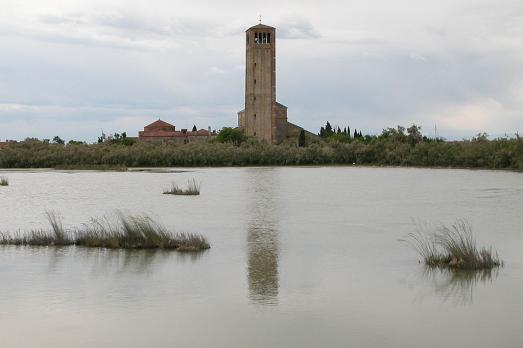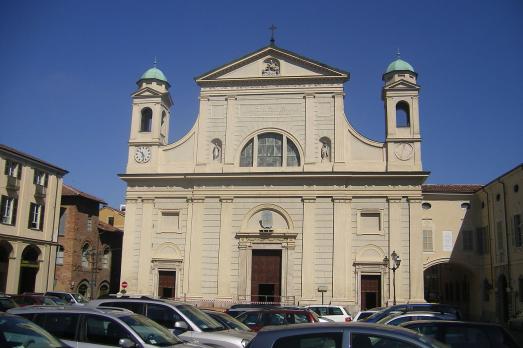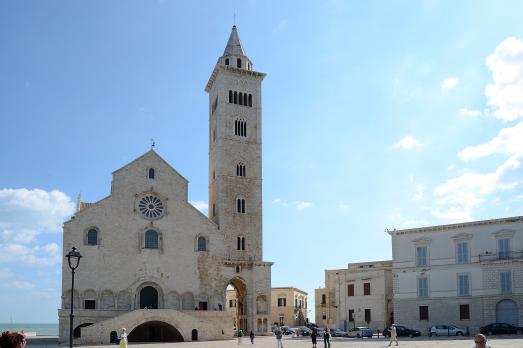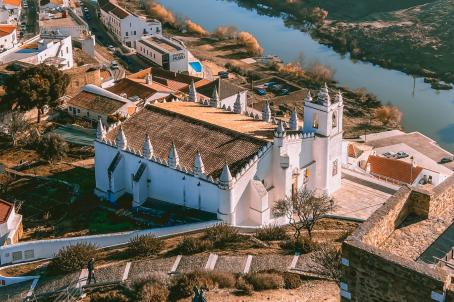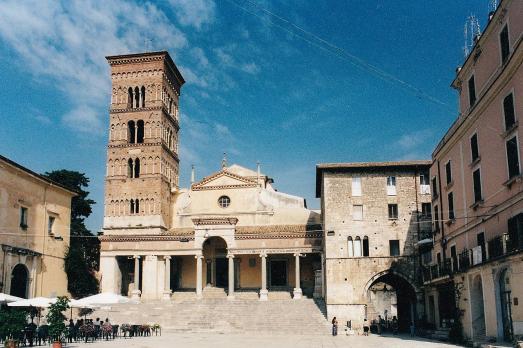
Terracina Cathedral
Terracina, IT
Terracina Cathedral was built between the 5th and 6th centuries using what was left of an ancient Roman temple with five naves in the city's forum. The building has undergone various interventions and restorations, including that of the 11th century, that of the 13th century and, above all, the restoration of the 18th century, which reduced the church from five naves to three with the construction of side chapels and the barrel vaulted ceiling in place of the Romanesque farmhouses.
